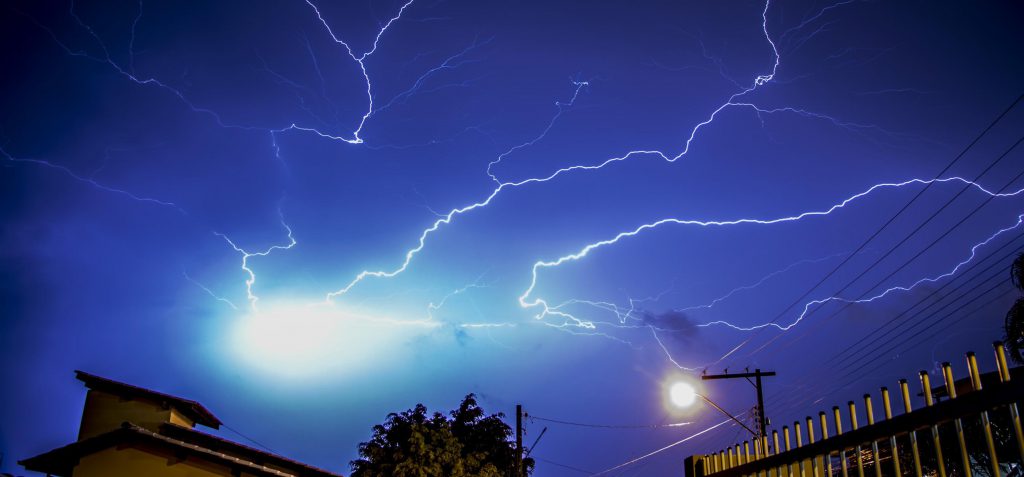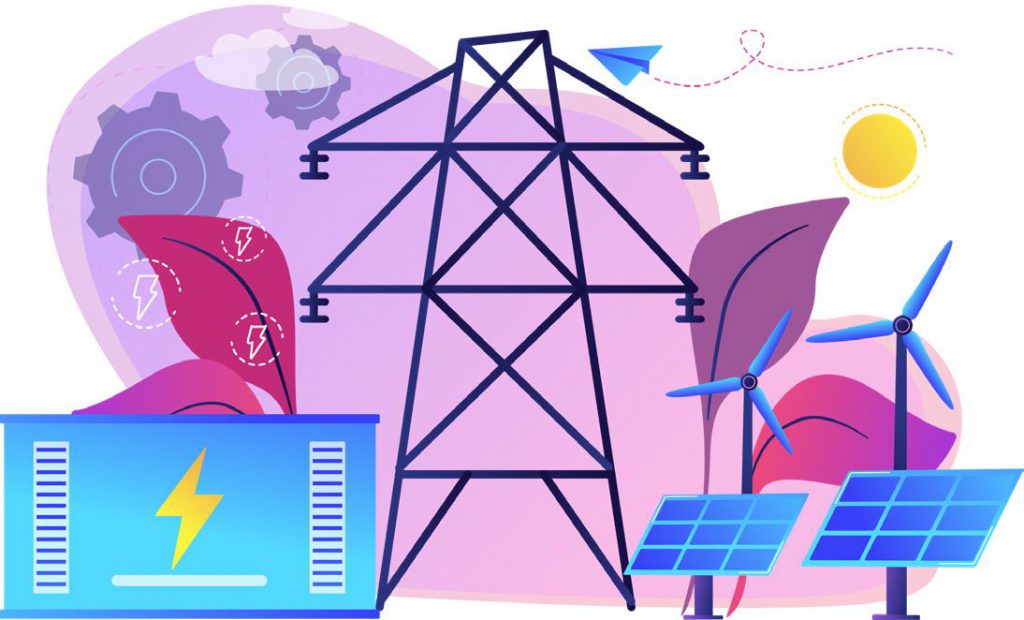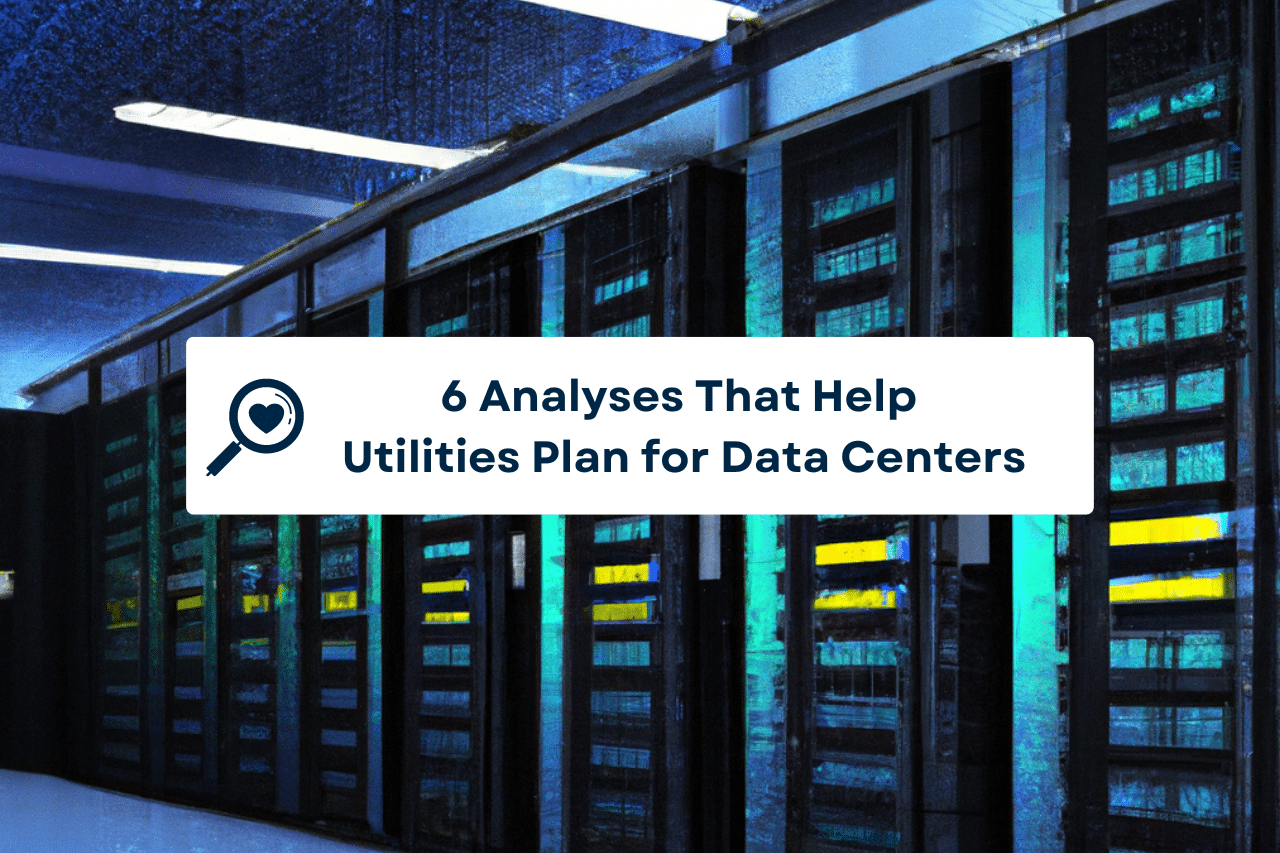The recognized need to build a reliable grid stems from the NERC Reliability Standards. These outline the need to maintain electric grid reliability (meet demand) and grid security (ensure the capacity to resist unforeseen adversity). In recent years, the concepts of reliability and resiliency are becoming increasingly intertwined.
Resulting from pressure to decarbonize and decentralize energy generation, utilities are being forced to remodel entire distribution strategies. In the future, grid operators are aiming for uninterrupted delivery of service. A reliable grid must be built through a resilient approach to achieve this.
Increased Uncertainty
Until now, consumers have had relatively little involvement in grid operations. Today, affordable renewables/DERs and changing times are evolving public opinion. As a result, consumers are becoming increasingly engaged, looking to grid operators for greater control and transparency.
This change not only requires a shift in utility business model, but a complete shift in operational capabilities. Many utilities are turning to DERMS and ADMS providers as a means of increasing control over DERs entering the grid. But often lack tools providing greater sensing and analysis capabilities. It is essential to understand real-time energy flow in the grid to manage these resources effectively.

Additionally, in previous years dramatic events have damaged billions of dollars worth of utility assets. These have augmented the need to increase visibility into grid dynamics. Particularly during extreme hazards, such as wildfires and storms, understanding energy flow throughout the grid is key to maintaining a stable system and resolving major issues.
Necessary technical steps
The DOE states that a resilient distribution grid requires advanced distribution systems, dynamic controls & communications and high fidelity, low-cost sensors. Various areas require development to achieve these guidelines. The first of these are: system operations, power flow and control. The second, measurement and analytical capabilities.
Within system operations, utilities must assess technologies which will increase their control over devices active in the grid. These tools must be able to interact with and activate intra-grid assets in real-time. This will give operators the ability to ensure a stable flow of energy in the network. Among these tools are DERMS and ADMS solutions. When fluctuations occur due to intermittency from DERs, operators can control energy flow by increasing or decreasing operating thresholds.
Furthermore, measurement and analytical capabilities require evolution. Specifically in sensing, utilities must invest in low-cost, dynamic sensors which are self-powering. They must measure various important metrics such as current, VAR, power factor and flow direction. Additionally it is crucial that these devices measure geographically specific data. This must be then linked to an accurate digital representation of the power grid.
The data collected must be ingested and stored in a platform for holistic grid visualization, and which enables automated analytics. These provide essential visibility into real-time energy flow in the network and which confirm the contribution of active DERs.
Once established, constant monitoring of the system should be maintained through advanced analytics platforms, aggregating all data available to the operators (SCADA, AMI, third-party sensors, etc.).

Building a Reliable and Resilient Grid
Awesense provides not only the advanced analytics software capable of grid-wide monitoring, but also easily deployable, cost-effective hardware sensors giving grid operators and planners unparalleled insight into the energy flow in their network.
Awesense takes in data from all sensors and devices available to distribution operators which populate in its powerful GISense visualization tool. Through Awesense’s Connectivity and GIS correction services, utilities will benefit from an accurate digital grid representation (model), meaning DERMS and ADMS solutions can function correctly. TGI’s Grid Alerts module provides an automated means of controlling and responding to issues which may be occurring in the network. Through the use of Awesense Raptor sensors, operators will also be notified instantaneously of outages. Both of these drastically improve SAIDI and SAIFI metrics. With the ability to visualize grid-wide energy flow and predict issues before they arise, network operators and electric grid reliability planners can ensure the long-term stability of the network.
If you’d like to learn more, please get in touch at sales@awesense.com.com for a quick demo.



